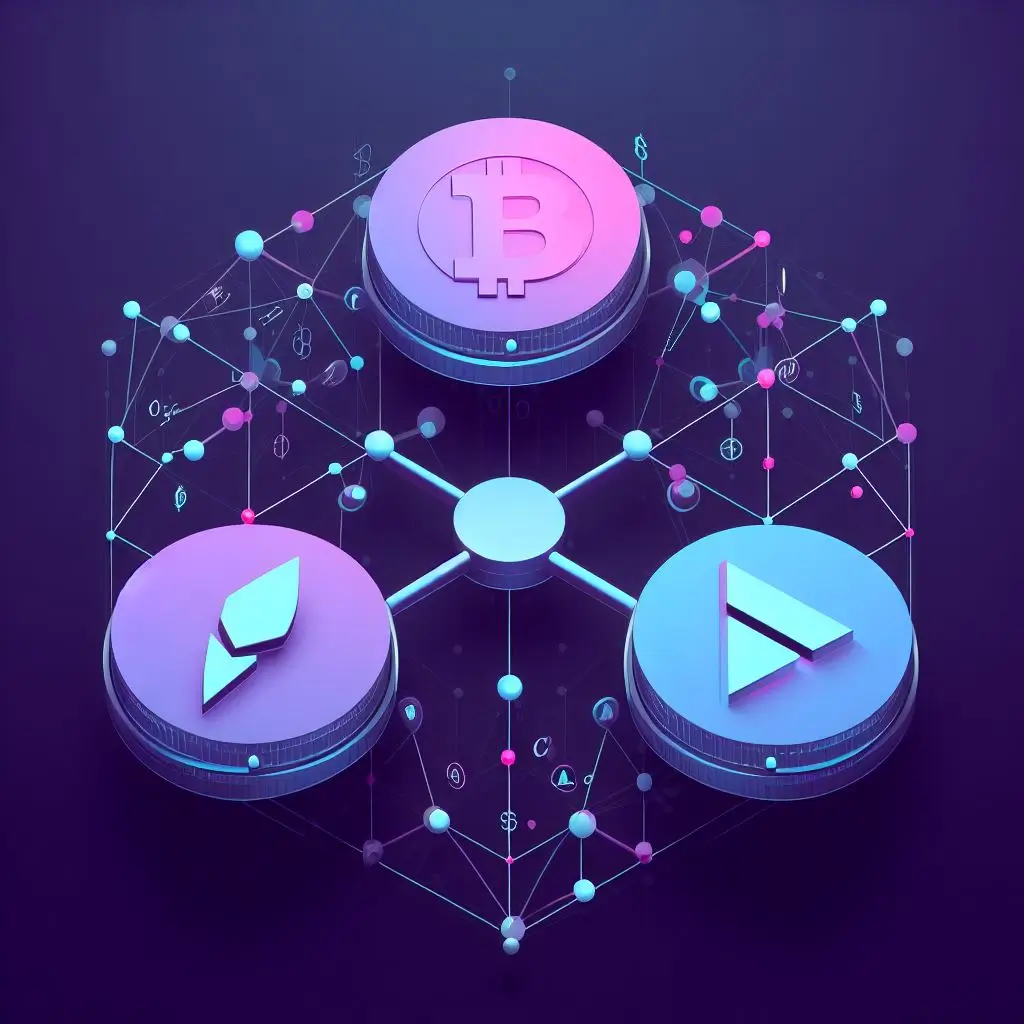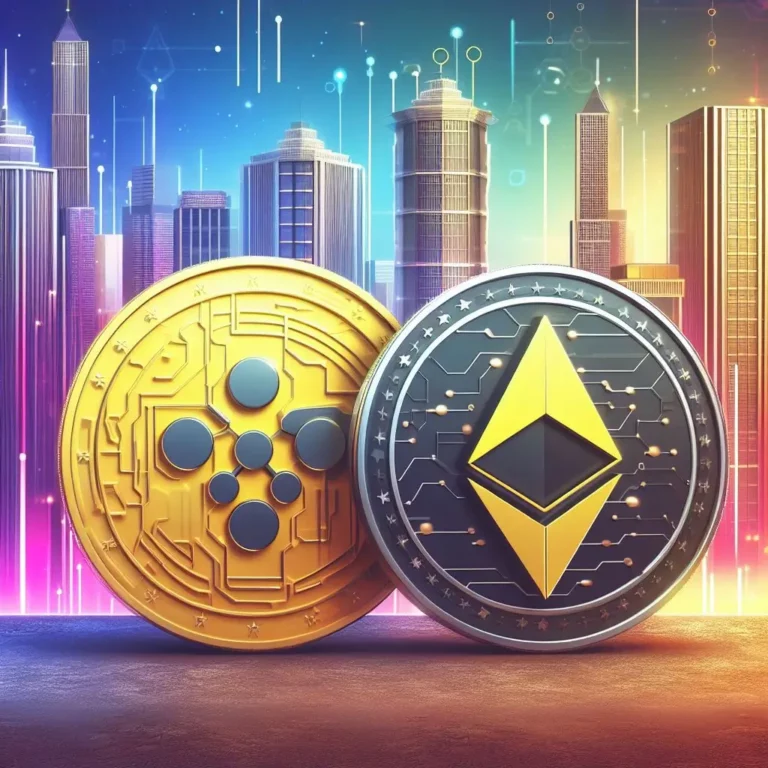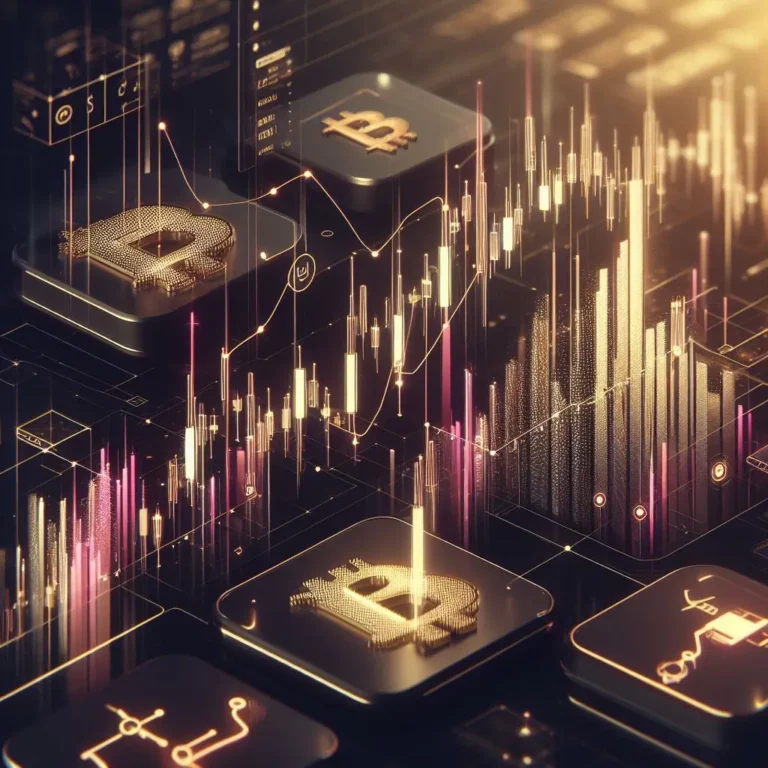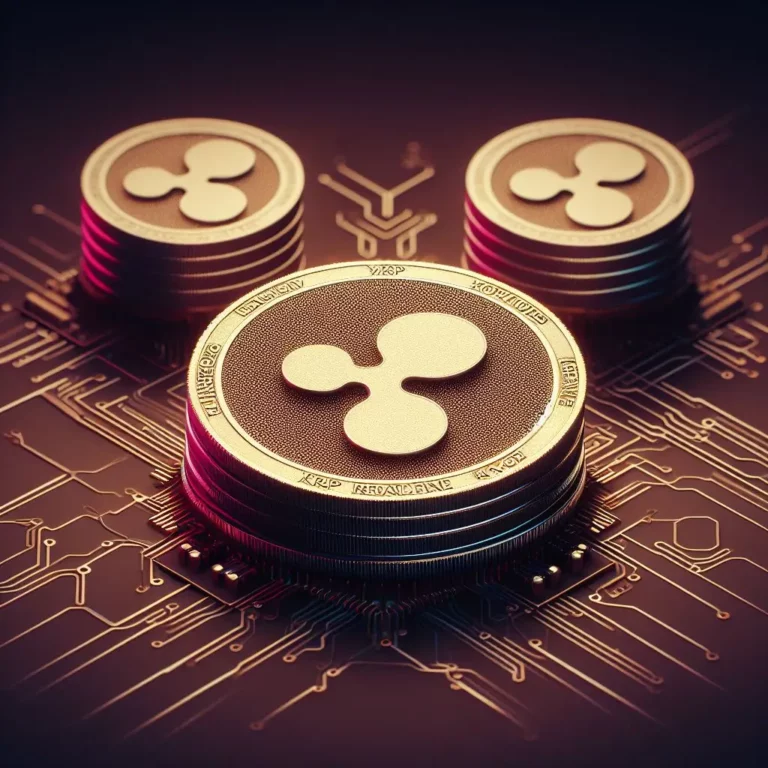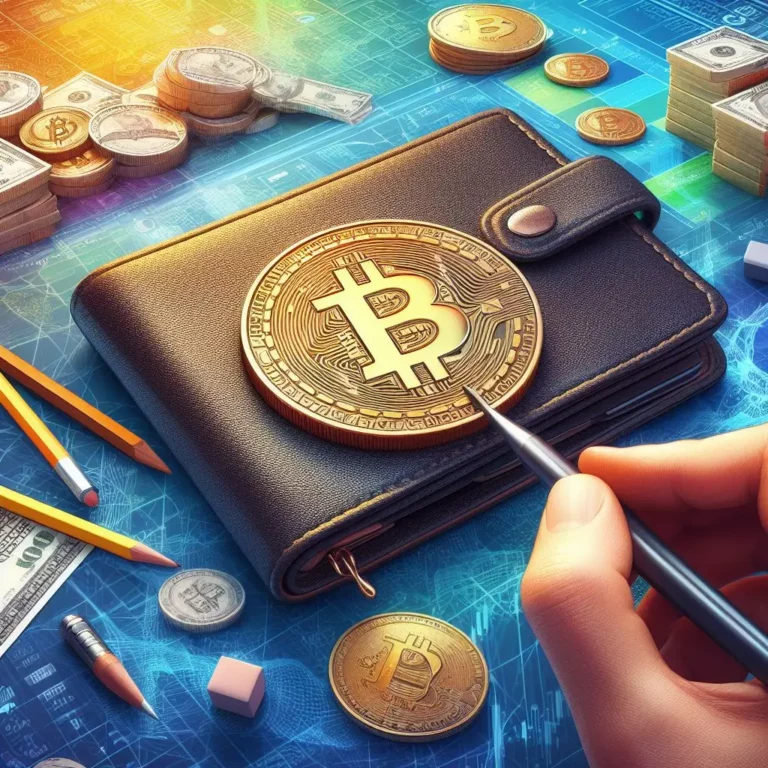We’ve long been accustomed to centralized systems, where banks and financial institutions serve as intermediaries in our financial transactions. These intermediaries dictate the rules, control our funds, and often leave us at their mercy when it comes to interest rates, fees, and accessibility. This traditional financial system, while stable, has its limitations and shortcomings.
Now, picture a financial world where intermediaries are bypassed, and financial services are accessible to anyone with an internet connection. This is the world of DeFi, short for Decentralized Finance. DeFi is not just another buzzword in the crypto world; it’s a fundamental shift in how we manage, invest, and transact with our finances. It’s a revolution that challenges traditional banking and offers a glimpse into the future of financial systems. Its significance in the crypto sphere cannot be overstated.
Understanding DeFi
DeFi is more than a trend; it’s a paradigm shift that offers an alternative to the traditional banking system. To comprehend the essence of DeFi, we must grasp the core principles that underpin this revolutionary concept. At its heart, DeFi is all about decentralization in finance, but let’s break that down in simpler terms.
The Core Principles of DeFi
Traditional finance relies heavily on centralized authorities, typically banks, to manage transactions and hold financial assets. These institutions act as intermediaries, controlling the flow of funds and governing the rules of the financial game. DeFi, on the other hand, is a paradigm shift away from this centralized control.
In DeFi, transactions and financial services are facilitated by smart contracts, which are self-executing agreements running on blockchain technology. These contracts eliminate the need for intermediaries, putting the power back into the hands of users. Imagine a world where you have complete control over your financial assets without relying on banks or other institutions.
At its simplest, DeFi is a financial system that operates on decentralized networks, providing services such as lending, borrowing, and trading without the need for traditional intermediaries. It’s like the internet of finance, enabling users to interact directly with one another in a trustless and secure environment.
DeFi is accessible to anyone with an internet connection, making it an inclusive financial ecosystem where you don’t need to meet stringent requirements or trust third parties with your money. In DeFi, you become your bank, and the rules are transparent, fair, and enforced by code.
Now that we’ve established the basic principles of DeFi, let’s delve into how it actually works and why it’s gaining traction in the crypto world.
How DeFi Works
Now that we’ve demystified the core principles of decentralization in finance, it’s time to explore the mechanics of how DeFi operates.
The Technology Behind DeFi
Central to the world of DeFi is blockchain technology, which is the digital ledger that records all transactions across a decentralized network. This technology is the backbone of DeFi, ensuring transparency and security in all financial activities.
Imagine a ledger that is open for anyone to inspect, yet tamper-resistant, thanks to its decentralized nature. This is the blockchain, and it’s what powers DeFi. Every transaction is recorded on this public ledger, providing an immutable history of financial activities.
Supporting blockchain technology are smart contracts, which are self-executing agreements written in code. These contracts enable DeFi to function without intermediaries. When predefined conditions are met, smart contracts automatically execute actions, such as releasing funds or verifying transactions.
Key Components of DeFi
DeFi isn’t just about technology; it’s about the financial services it offers. In this ecosystem, users can engage in lending, borrowing, and trading of various digital assets. Let’s break down these key components:
Lending:
In DeFi, you can lend your digital assets, like cryptocurrencies, to others and earn interest on your holdings. This is made possible through lending platforms that connect lenders and borrowers directly.
Borrowing:
Need some funds? DeFi platforms allow you to borrow assets against collateral, often without the need for a credit check. This is a significant departure from traditional lending institutions.
Trading:
DeFi enables you to trade assets directly with others through decentralized exchanges (DEXs). This eliminates the need for intermediaries and offers a wide range of trading options.
The beauty of DeFi lies in its accessibility and openness. Anyone can participate, and the rules of engagement are transparent and enforced by smart contracts, ensuring trust and security in every transaction.
In the next part, we’ll delve deeper into the advantages of DeFi, shedding light on the benefits it brings to the table.
Advantages of DeFi
Now that we’ve covered the mechanics of how DeFi operates, it’s time to explore the numerous advantages it brings to the table. DeFi is not just a new way of doing finance; it’s a game-changer with several key benefits.
1. Financial Inclusivity:
DeFi opens the doors to financial services for individuals who have been excluded from traditional banking. People in underserved regions or those without access to traditional banks can now participate in the global financial ecosystem.
2. Transparency:
Every transaction in DeFi is recorded on the blockchain, making it open and transparent for anyone to verify. This transparency builds trust, as users can independently confirm the integrity of the system.
3. Security:
The use of smart contracts enhances security. Transactions are executed automatically when predefined conditions are met, reducing the risk of fraud or manipulation by intermediaries.
4. Accessibility:
DeFi platforms are accessible 24/7, and all you need is an internet connection and a compatible wallet to get started. There are no stringent requirements or barriers to entry.
5. Empowerment:
DeFi empowers users by putting them in control of their financial assets. You no longer need to rely on traditional banks to manage your money; you become your bank.
6. Innovation:
The DeFi space is a hotbed of innovation, with new projects and ideas emerging regularly. This innovation drives competition, which can result in better financial products and services.
As we can see, DeFi offers a compelling alternative to traditional finance. Its advantages, such as financial inclusivity, transparency, and security, are changing the way we think about money and financial services. However, as with any transformative technology, there are also risks and challenges to consider, which we’ll address in the next part.
Popular DeFi Projects
As the DeFi ecosystem continues to expand, several projects have gained prominence for their contributions to this innovative financial realm. Let’s take a look at some of the most notable DeFi platforms and what each specializes in.
Uniswap:
Uniswap is a decentralized exchange (DEX) that enables users to swap various cryptocurrencies without relying on traditional intermediaries. It operates on an automated market maker (AMM) model, allowing users to provide liquidity and earn fees in return.
Aave:
Aave is a decentralized lending platform that allows users to borrow and lend a wide range of cryptocurrencies. It stands out for its unique feature of enabling users to switch between variable and stable interest rates.
Compound:
Compound is another decentralized lending and borrowing platform, often regarded as a pioneer in the DeFi space. It allows users to earn interest on their deposited assets or borrow assets by providing collateral.
MakerDAO:
MakerDAO is the creator of the DAI stablecoin, which is maintained and stabilized through collateralized debt positions (CDPs). It offers a stable and decentralized cryptocurrency that is essential for DeFi trading and lending.
Yearn.Finance (YFI):
Yearn.Finance is an aggregator for yield farming strategies in the DeFi space. It automatically moves funds between various DeFi platforms to optimize returns, making it easier for users to earn the highest yield.
Each of these DeFi projects specializes in a particular aspect of decentralized finance, from lending and borrowing to providing liquidity and optimizing returns. Users can choose the platforms that align with their financial goals and risk tolerance.
How to Get Started with DeFi
For newcomers to the world of DeFi, taking those initial steps can seem a bit overwhelming. However, with the right guidance and a few basic precautions, you can safely embark on your DeFi journey.
Steps for Beginners to Enter the DeFi World
- Educate Yourself: Start by gaining a solid understanding of DeFi. Read articles, watch tutorials, and follow the latest developments. DeFi is a fast-moving space, so staying informed is crucial.
- Secure Your Assets: Security is paramount in the crypto world. Use reputable wallets and enable two-factor authentication to safeguard your digital assets.
- Choose the Right Platform: Select a DeFi platform that aligns with your goals. If you’re interested in lending and borrowing, platforms like Aave and Compound are good choices. For trading, Uniswap and other DEXs are worth considering.
- Start Small: Begin with a small investment to familiarize yourself with the platform and assess its functionality. As you become more comfortable, you can increase your involvement.
- Diversify: Avoid putting all your funds into a single platform. Diversifying across different projects can help mitigate risk.
- Stay Updated: Regularly check for updates and news about the DeFi projects you’re involved with. Being aware of any changes or vulnerabilities is essential for risk management.
- Manage Risk: Use risk management strategies, such as setting stop-loss orders and only investing what you can afford to lose.
By following these steps and exercising caution, you can ease your entry into the world of DeFi and gradually become more comfortable navigating its unique terrain.
In the next section, we will discuss the future of DeFi and how it may impact traditional finance systems.
Future of DeFi
As DeFi continues to gain momentum, it’s important to consider its potential impact on traditional finance systems and its evolution in the years to come.
DeFi has the potential to disrupt traditional financial systems by offering a more open, accessible, and user-centric approach to finance. As more people recognize the advantages of DeFi, it may lead to a shift away from traditional banking and centralized financial institutions.
The emergence of decentralized lending, borrowing, and trading platforms has shown that there is a growing demand for financial services that empower individuals and provide financial inclusivity. This trend is likely to continue as DeFi projects evolve and improve their services.
Conclusion
In the realm of finance, DeFi stands as a beacon of change, challenging the status quo and offering a glimpse into a decentralized future. With its core principles of decentralization, DeFi redefines how we manage and interact with our finances.
As we’ve explored, DeFi offers a host of advantages, including financial inclusivity, transparency, security, and the empowerment of individuals. However, it’s not without its risks and challenges, making it imperative for newcomers to tread carefully and stay informed.
The popularity of DeFi has given rise to prominent platforms like Uniswap, Aave, Compound, MakerDAO, and Yearn.Finance, each specializing in a unique facet of decentralized finance.
For those embarking on their DeFi journey, we’ve provided steps to get started, emphasizing education, security, and risk management.
The future of DeFi is promising, with the potential to reshape traditional finance systems and provide financial services that are more accessible and user-centric. The role of regulation will play a pivotal part in this evolution.
In conclusion, DeFi is more than a trend; it’s a paradigm shift in finance. As you explore this dynamic and transformative financial realm, remember that understanding, diligence, and responsible participation are your allies. Embrace the possibilities, and may your journey into DeFi be both rewarding and enlightening.
Frequently Asked Questions:
We have put together some of the questions you might need quick answers to.
1. Is blockchain decentralised finance?
Yes, blockchain is a fundamental technology behind decentralized finance (DeFi). It’s used to create a decentralized and secure system for financial transactions and services.
2. What is the difference between DeFi and CeFi?
The main difference between DeFi and CeFi is that DeFi, or decentralized finance, operates without intermediaries like banks, while CeFi, or centralized finance, involves traditional financial institutions and intermediaries like banks. DeFi is more decentralized and typically relies on blockchain technology, whereas CeFi is centralized and operates within traditional financial systems.
3. Is NFT and DeFi the same?
No, NFT (Non-Fungible Token) and DeFi (Decentralized Finance) are not the same. NFTs represent unique digital assets, while DeFi is about decentralized financial services and transactions using cryptocurrencies. They serve different purposes in the blockchain space.
4. Is DeFi a coin or token?
DeFi is not a coin or token by itself. It’s a term that represents a category of decentralized financial services and applications built on blockchain technology. Coins or tokens used in DeFi are separate and have their own names, like Ethereum (ETH) or Bitcoin (BTC).
5. Is DeFi a bank?
No, DeFi is not a bank. It’s a decentralized system for financial services that operates without traditional banks. It’s more like a set of applications and protocols on the blockchain, not a traditional banking institution.
